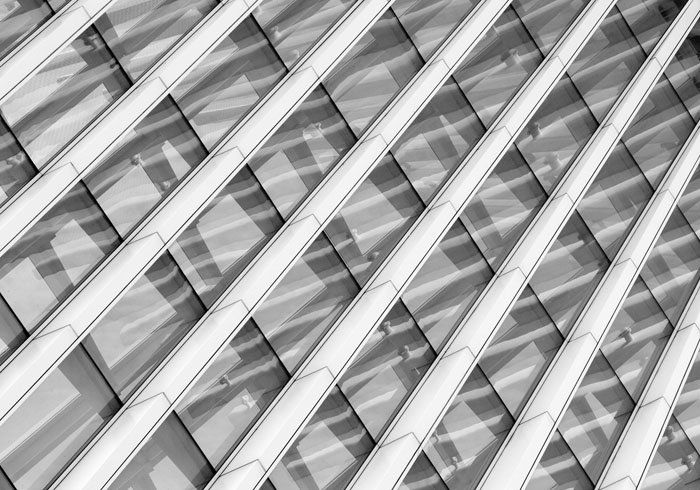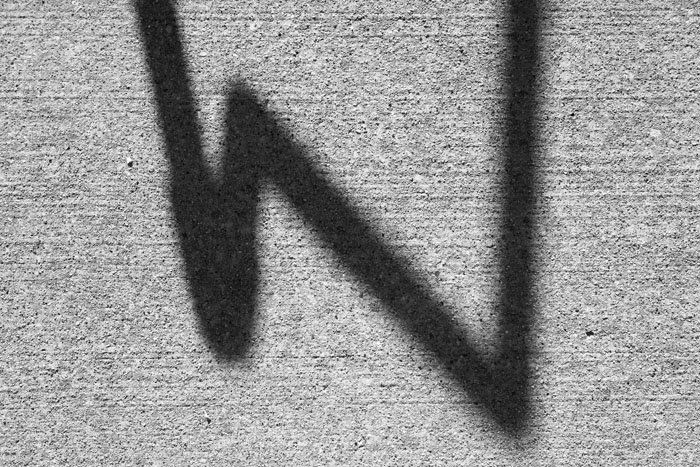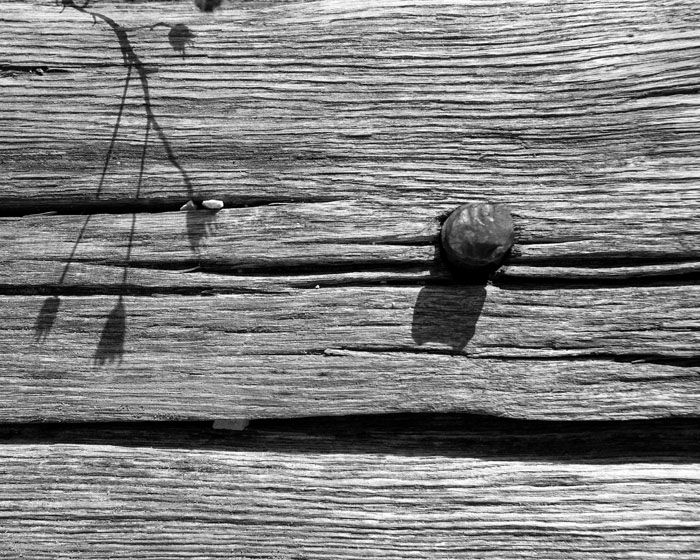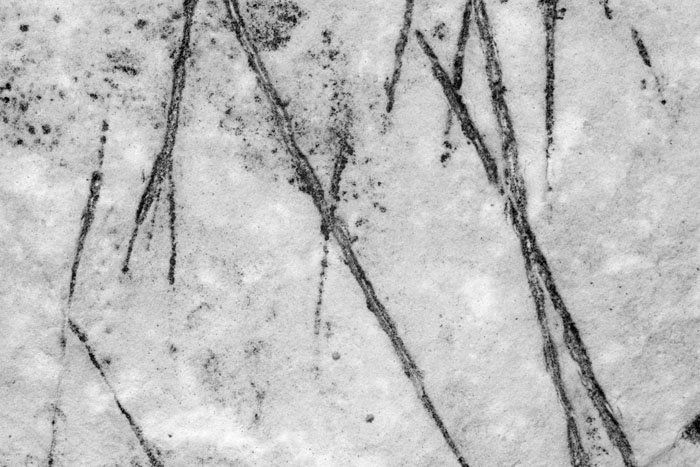blog
Interview with photographer Eric Law
F-Stop Magazine: How did you first become involved in photography and what led to you working in this medium as an artist?
Eric Law: Growing up as a boy, I used an old Kodak Brownie and then an Instamatic to take photos – but it wasn’t a serious interest at the time. Later I borrowed my younger brother’s 35mm Nikon to photograph the moon and stars for an astronomy hobby, as well as well-known buildings in Paris, where my parents lived for several years while I was in college. Then late in a career in business, I re-discovered photography and found I had a passion for the fine art photograph.
I’ve always had an analytical mind and I enjoy the precision of the photographic process. Through personal study I have developed my skills and reached an understanding of how the photographer, the camera, and a subject intersect to create a compelling image. Yet creating photographs that communicate what I see to others is inherently imprecise – a decidedly artistic process. This is the yin-yang of every artistic medium, I suppose, but I am willing to accept that dichotomy in photography more so than in other forms of art and through my images communicate a personal view of the world.
F-Stop: The current “Black and White” issue of F-Stop includes photographs from your portfolio “Visible, Yet Unseen”. What is this project about and what inspired you to make this work?
EL: I think most people see only the things around them – people, places, and objects. With a compact camera, smartphone, Facebook, and Instagram, their photographs document “who was there and what I ate”. They post, tag, pin and tweet in a world of personal photojournalism shared through social media.
I see things differently – a world of shapes, patterns, colors, and textures. The photographs that are part of this project focus on these attributes and bring them into view. When something is observed with no context, its separate existence ends and its characteristics become the subject. Now the viewer sees what is visible, yet unseen, and they are drawn into the intimate dialogue with my world.
F-Stop: Can you discuss your process for making these images?
EL: While traveling or on vacation, I often spend time searching out and photographing old, weathered “stuff” – the sides of barns, abandoned machinery, farm equipment, tombstones, and such. My eye also is drawn to shadows on textured surfaces and reflections on window glass. So I’ll usually be found in the weeds out in the middle of a field with some piece of junk or walking around bent over looking at the ground. It must be an odd sight.
I shoot primarily in RAW, lately with a Canon 5DMkIII, and will often convert the images to black and white if what I see is more about pattern and shape than color. My exhibition prints are usually produced with an Epson 7900 on deckle-edge Hahnemühle Photo Rag paper.
F-Stop: Do you have a favorite image in this series? If so, which one and why is it the image that speaks to you most?
EL: Among the images in the “Black and White” issue of F-Stop, one of my favorites is “Stone Tracks” because of its complete ambiguity – you have no idea of what you’re looking at other than a seemingly random pattern of lines. It is a purely abstract photograph that forces you to let your eye and mind wander amid the asymmetry of the lines and the movement they introduce. Perhaps they are the tracks of subatomic particles in a cloud chamber or ancient geoglyphs in the desert? The viewer is left to create their own narrative.
F-Stop: What do you hope people see or feel or perhaps learn when they look at your photographs?
EL: Through my work I seek to expose people to a different kind of visual image. Most of their experience with photography is that is about something. My images invite them to connect with a subject they may not immediately see or recognize and challenge them to find enjoyment and, perhaps some meaning, in a purely abstract expression.
Modern abstract artist Paul Klee wrote, “Art does not reproduce the visible; rather, it makes visible.” This is the essence of the fine art photograph – a creation by the artist as photographer.
F-Stop: What are you working on now?
EL: I noticed recently that my photographs of lichen on stone or rusted metal have the appearance of landscapes viewed from above. This inspired a new project with the working title “Lilliput: An Aerial Survey”.
Lilliput is the fictional island nation in Jonathan Swift’s 1726 novel Gulliver’s Travels that is inhabited by tiny people about one-twelfth our height. My project imagines what might be seen from the air if we revisited Lilliput, now uninhabited, nearly 300 years later. The images in the project, presented as “Plates” from a scientific survey, will be close-up photographs of moss, lichen, stones, and such. They will suggest the forests, mountains, lakeshores, and desert landscapes on the island as might be found viewed from the air. In this way, the small mirrors the large – much as Swift’s story of Lilliput was a reflection of European society at the time.
F-Stop: What photographers or other artists inspire you?
EL: Early on I was inspired by the still life photographs of Edward Weston – his Pepper series in particular. Of “Pepper No. 30” he wrote, “It is a classic, completely satisfying ‒ a pepper ‒ but more than a pepper; abstract, in that it is completely outside subject matter. It has no psychological attributes, no human emotions are aroused: this new pepper takes one beyond the world we know in the conscious mind.” Amen.
Charles Sheeler’s industrial paintings and photographs also have influenced me, as have the photographs of Bernd and Hilla Becher documenting German industrial architecture. Most recently, I was captivated by an exhibition of the close-up images of pebbled concrete, discarded cigarette butts, and chewing gum on the streets of Manhattan taken by photographer Irving Penn. These are the kinds of photographs that inspire and challenge me because they look through and beyond the common or mundane from a place that is inside and personal to the photographer.
For more of Eric Law’s work: ericlawphoto.smugmug.com
Events by Location
Post Categories
Tags
- Abstract
- Alternative process
- Architecture
- Artist Talk
- artistic residency
- Biennial
- Black and White
- Book Fair
- Car culture
- Charity
- Childhood
- Children
- Cities
- Collaboration
- Community
- Cyanotype
- Documentary
- Environment
- Event
- Exhibition
- Faith
- Family
- Fashion
- Festival
- Film Review
- Food
- Friendship
- FStop20th
- Gender
- Gun Culture
- Habitat
- Hom
- home
- journal
- Landscapes
- Lecture
- Love
- Masculinity
- Mental Health
- Migration
- Museums
- Music
- Nature
- Night
- nuclear
- p
- photographic residency
- Photomontage
- Plants
- Podcast
- Portraits
- Prairies
- Religion
- River
- Still Life
- Street Photography
- Tourism
- UFO
- Water
- Zine







Leave a Reply